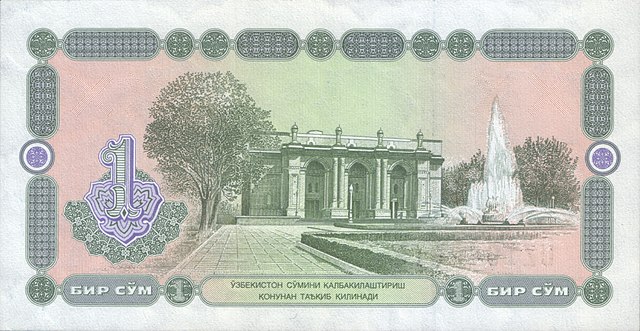Top Qs
Timeline
Chat
Perspective
Navoi Theater
Opera house in Tashkent, Uzbekistan From Wikipedia, the free encyclopedia
Remove ads
The Navoi Theater (Uzbek: Alisher Navoiy nomidagi davlat akademik katta teatri, "Alisher Navoi State Academic Grand Theatre")[1] is the national opera theater in Tashkent, Uzbekistan.


Overview
In 1929, amateurs of concert-ethnographic group led by M. Kari-Yakubov was established and later founded the professional theatre. In 1939 it was renamed to the Uzbek State Opera and Ballet Theatre, and in March 1948 it was united with Russian theatre and called as the State Opera and Ballet Theatre named after Alisher Navoi. Later, in 1959 the theatre obtained the status of Academic theatre and in 1966 – the status of Bolshoi Theatre,[2][3]

Designed by Alexey Shchusev,[4] the theater was built in 1942-1947, in part with forced labor. It opened to the public in November, 1947, celebrating the 500th anniversary of the birth of Alisher Navoi, the greatest representative of Chagatai literature.[5] The theater has a capacity of 1,400 spectators. The main stage covers 540 square meters.
Remove ads
Use of Forced Labor
During 1945–47, some Japanese prisoners of war captured by the Soviet Union participated in the building construction under forced labor.[6][7]
In 1996, Uzbek President Islam Karimov installed a plaque at the theater honoring the Japanese people involved in its construction. The plaque reads, "In 1945–1946 the hundreds of Japanese citizens deported from the Far East took an active part in the construction of building of the Theater named after Alisher Navoiy".[8]
Remove ads
See also
References
Wikiwand - on
Seamless Wikipedia browsing. On steroids.
Remove ads
